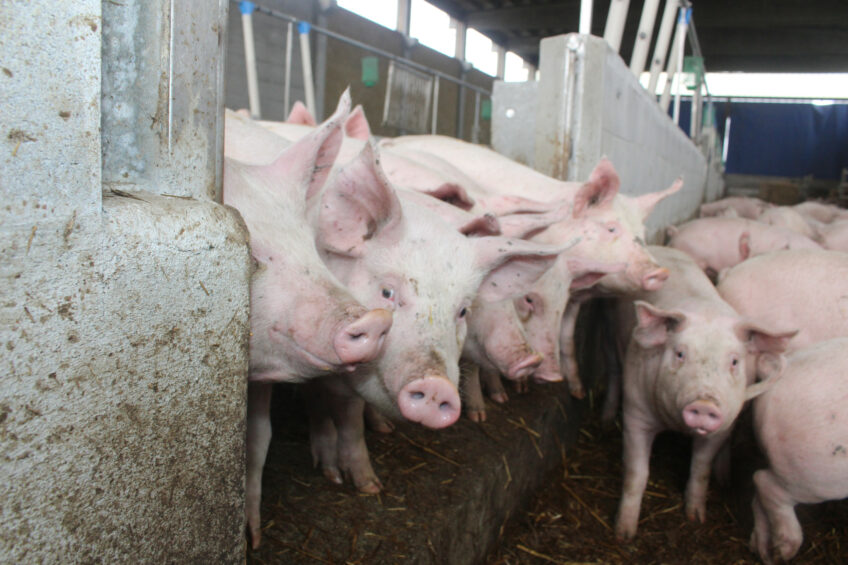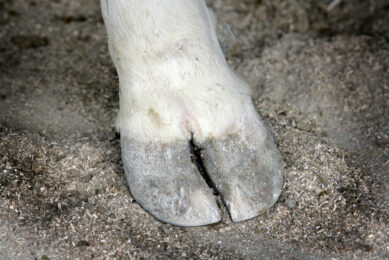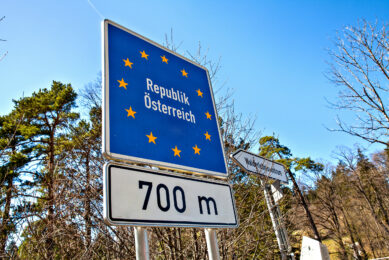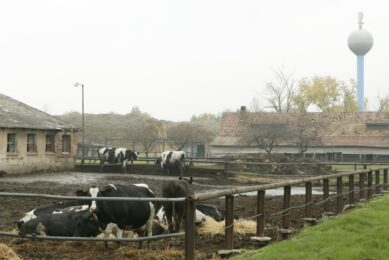Dealing with FMD cost-effectively: preparation helps

What control strategy would be most cost-effective in case of a Foot-and-Mouth Disease (FMD) outbreak? A recent Italian study calculated what would work best in case of hypothetical outbreaks in areas with different levels of livestock density. One conclusion prevails: being prepared always helps, the researchers said.
The study was authored by scientists from the Experimental Zooprophylactica Institute of Lombardy and Emilia Romagna (IZSLER) in Brescia, Italy as well as the University of Turin. The results got published in the peer-reviewed journal Animals in January 2025.
The study highlighted that the structure and density of FMD-susceptible species populations, like pigs, cattle, goats or sheep – play an important role in disease spread and the choice of a control strategy. Transmission therefore is strongly related to distribution and density of FMD-susceptible animals.
Italy: heterogenous livestock production
Italy’s livestock production is characterised by a heterogenous geographical distribution, with some of the most densely populated livestock areas in Europe found in Northern Italy – where cattle and pig farming are concentrated. In contrast, areas in Central and Southern Italy are distinguished by herds of different species reared in extensive and traditional husbandry systems.
In the study a model was applied to simulate the spread of FMD in 3 Italian regions with different livestock demographics (densely, medium and sparsely populated) in order to assess the cost-effectiveness of the disease control options within the framework of the Italian contingency plan. The 3 areas included:
- Densely populated livestock area: including the provinces of Brescia, Mantua and Cremona in the region of Lombardy; > 450 animals/km2;
- Medium populated livestock area: including the province of Pavia and Lodi in the region of Lombardy; >51 animals/km2;
- Sparsely populated livestock area: including the provinces of Grosseto and Siena in the region of Tuscany; ≤ 50 animals/km2.
The team of researchers collected their data from the Italian National Database of Livestock Species. The information included geographical coordinates, animal species farmed, type of production and number of cloven-hoofed livestock animals and farms in the areas included in the study.
In accordance with current EU legislation the control strategies tested were as follows:
- Stamping out;
- Pre-emptive culling of 50 farms at risk of being contaminated or likely to contribute to the spread of the infection within a radius of 5 km;
- Ring vaccination within a radius of 5 km. Vaccine efficacy was set at 40%.
Results and costs of FMD control options
The study also took into account economic resources to adopt control strategies. The direct costs of the FMD control options applied were estimated using a deterministic approach and adapting a spreadsheet tool, where the total costs were the result of:
- animal compensation due to culling;
- cost of culling, carcass disposal, farm cleaning and disinfection;
- cost of surveillance;
- cost of vaccination (when applied);
- cost of personnel.
The results of the simulations showed that stamping out was sufficient to control the outbreak in the sparsely and medium populated areas whereas, in densely populated areas, only vaccinations could effectively control an outbreak.
In terms of the economic resources needed for the adoption of different control strategies, considering livestock indemnity, cleaning, disinfection and disposal, surveillance, vaccination and personnel costs, the results showed that indemnity due to culling had the highest impact on the costs in all scenarios and vaccination resulted in the most cost-effective option to apply in densely populated livestock areas.
Permanent FMD disease awareness and preparedness
The researchers stated that maintaining an entirely non-immune population of animals susceptible to FMD requires permanent disease awareness and preparedness. Also, modelling disease spread lays the foundations for the design of a sound contingency plans and for the rapid mobilisation of resources to respond to an outbreak.
Contingency plans have proved to be a crucial tool for the successful control of disease emergencies and, considering that a solution for all the possible situations does not exist, such plans must be flexible enough to adjust to the circumstances, they added.
The researchers also stressed that animal health crises that have occurred previously have shown the benefits of having specific, detailed and rapid procedures for the management of disease emergencies. And that it is well documented that FMD-countries which are capable of responding promptly to an FMD incursion recover their free status faster than countries with longer reaction times.











